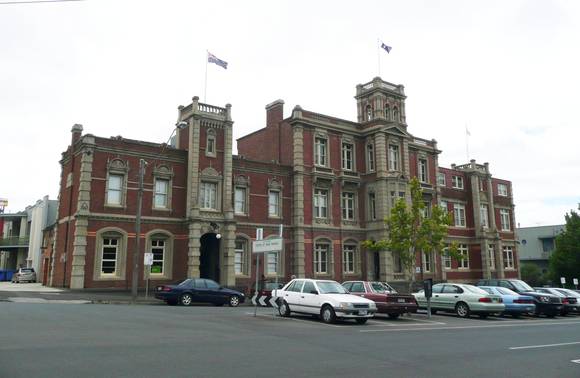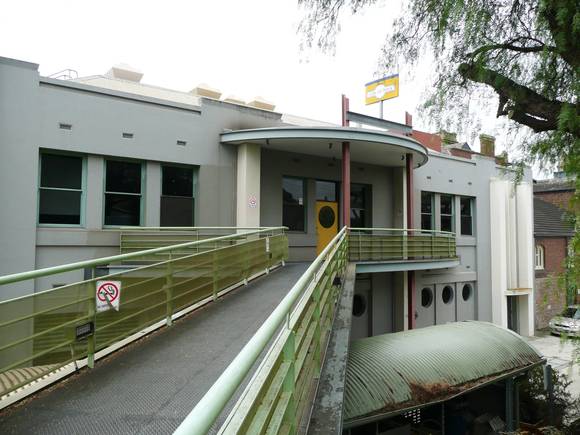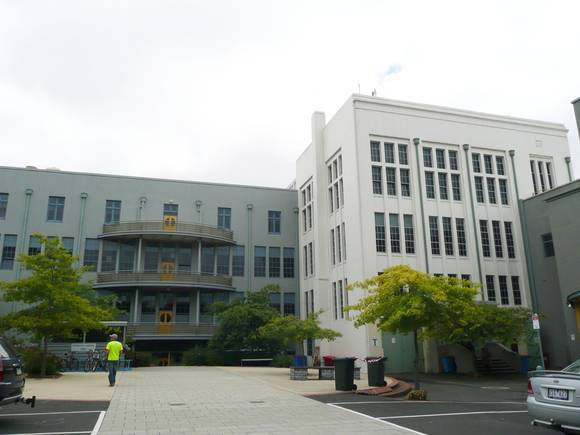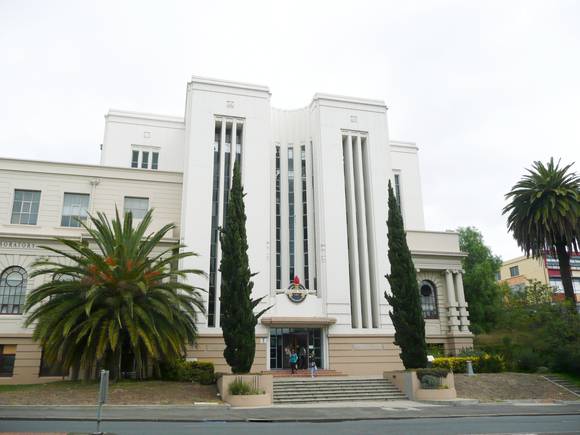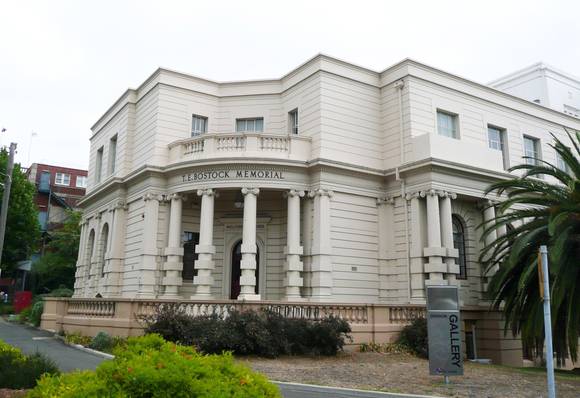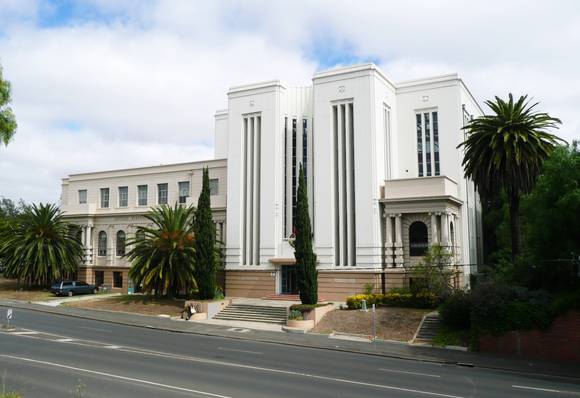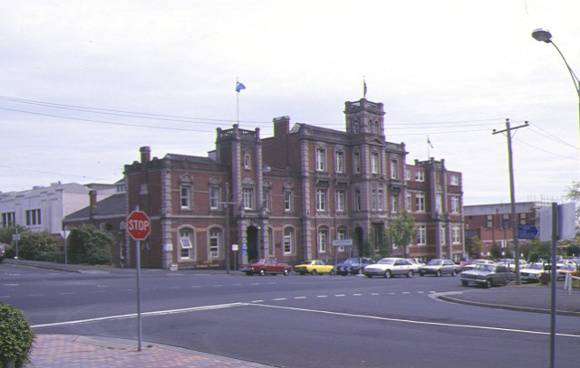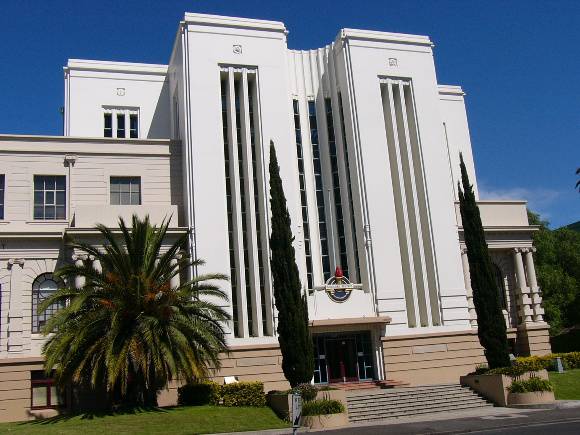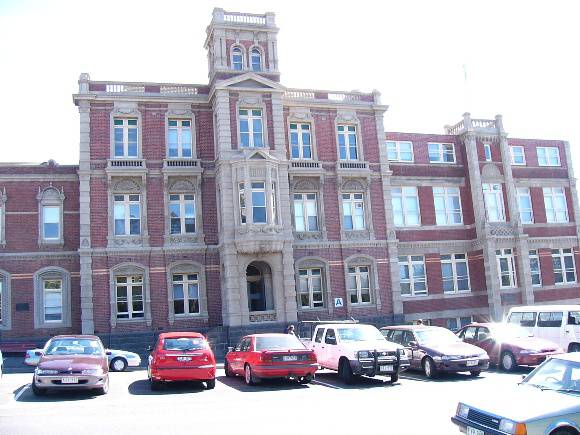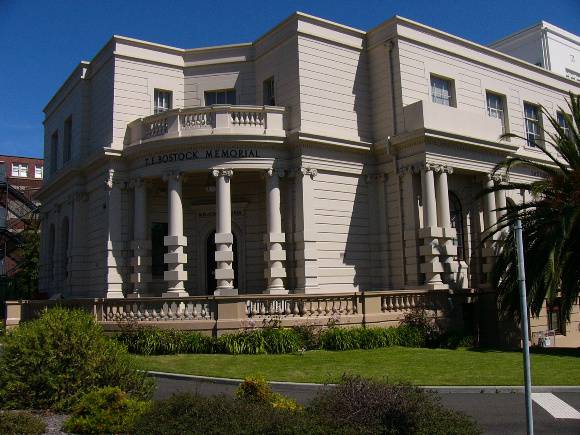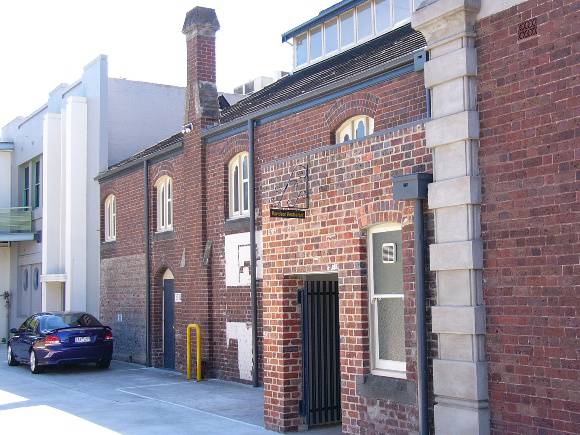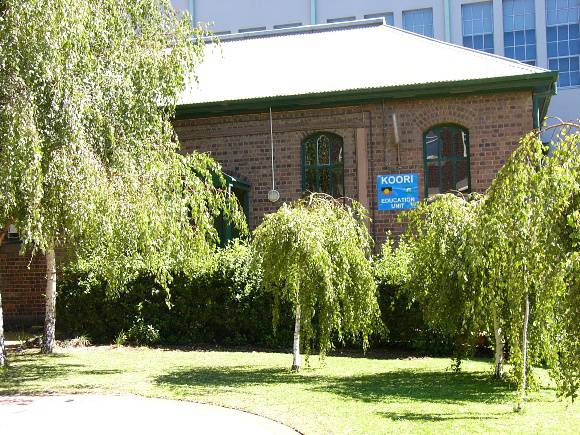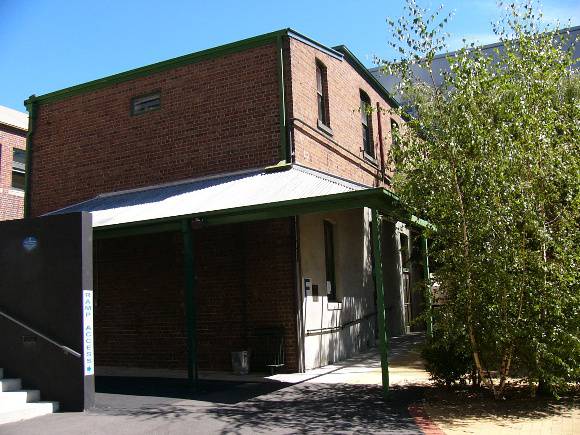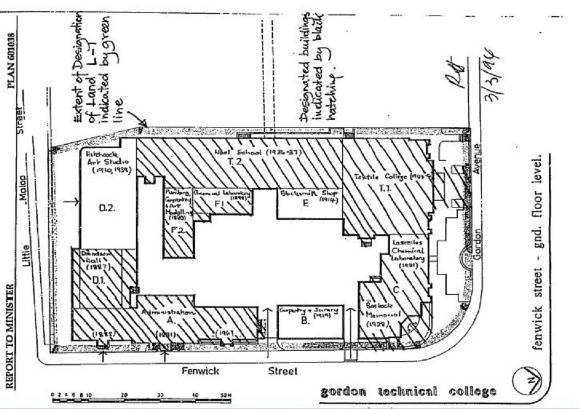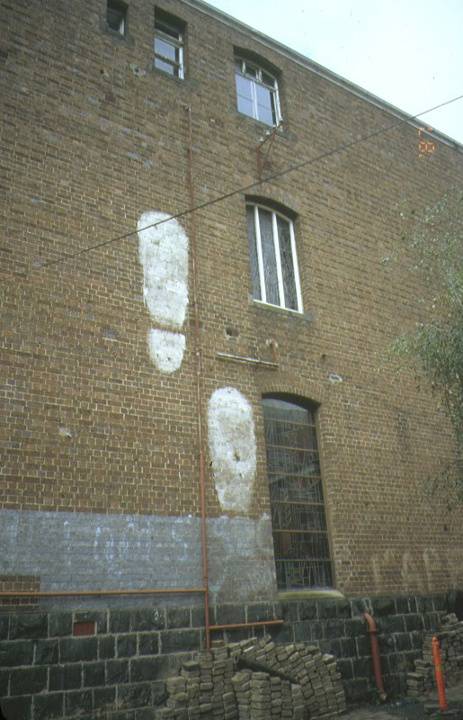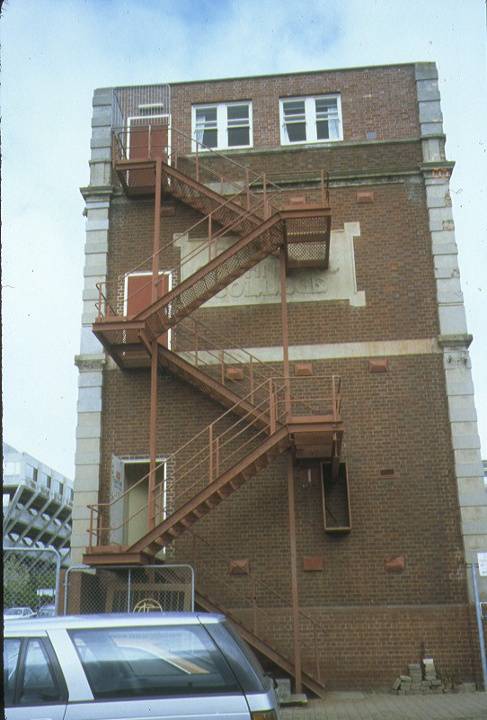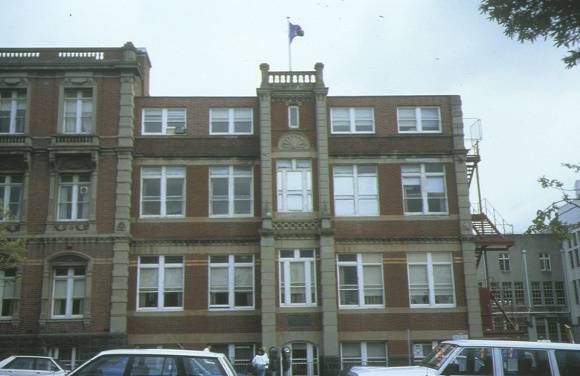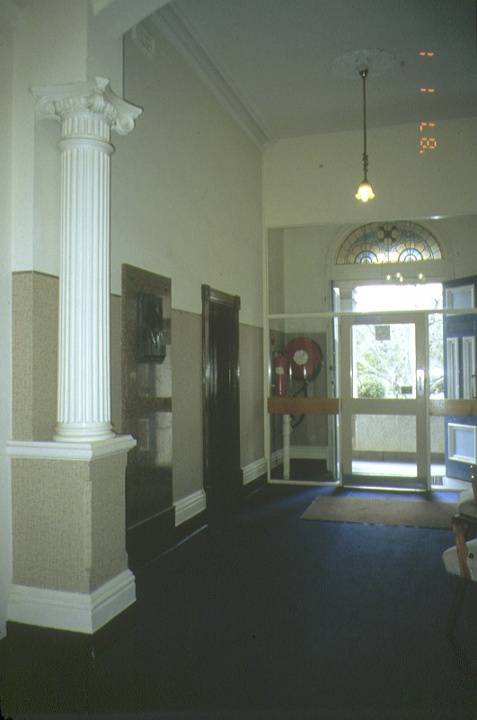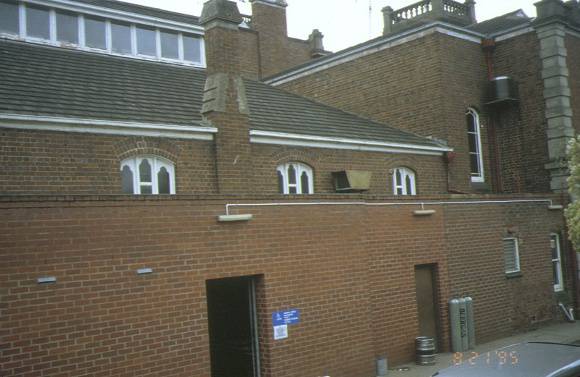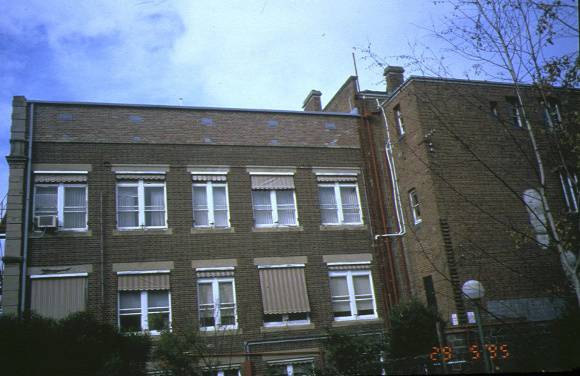| Back to search results » | Back to search page » |
|
GORDON TECHNICAL COLLEGE
Statement of Significance
The foundation stone of the Gordon Technical College was laid on 20th June 1887 by the Hon. Francis Ormond MLC, a principal benefactor. Geelong architect Alexander Davidson designed the first building in a Scots Jacobean Revival style derived from the work of his former master David Cousins of Edinburgh. The original was subsequently extended in a sympathetic and appropriate manner in 1889, 1891 and 1916. Like the former working men’s college in Melbourne, also founded by Ormond, the Gordon Technical College has important foundations associations with education of the working class in Victoria, is the genesis of Deakin University and is a significant monument to General Gordon of Khartoum, GRC. The Gordon Technical College complex (Fenwick Street site), as a whole, has historic and social significance because it demonstrates the physical and philosophical development of one of the State's major technical and industrial training institution from 1887 to the end of the Second World War, clearly reflecting and illustrating the development of technical education in Victoria during that period. The complex also has historic and social significance as a vital component of the planned Civic Precinct of Victoria's major provincial City. In particular, it is important because: 1. It demonstrates in built form the provision of education for the working class at a time when a system of state secondary education has not yet been established. 2. As a memorial to General Gordon of Khartoum, it demonstrates the strong cultural and emotional ties to Britain and the British Empire and the values such a hero represented to the community. 3. It represents an association with Victorian grazier and philanthropist Frances Ormond, whose generosity to education led to the founding of Ormond College at the University of Melbourne. His commitment to technical education and to the advancement of the working classes were demonstrated in his work for the foundation of the Working Men's College, Melbourne and the Gordon Technical College. 4. The tertiary component of the college was the basis for the foundation of Deakin University, the first Victorian university established outside Melbourne. 5. the extensive buildings set aside for the training of workers in the wool trade reflects Geelong's central position as a textile centre as well as the dependence of Victoria and Australia on the wool trade in the middle years of the twentieth century. Additionally, the complex includes buildings which have architectural, historic and social significance in their own right. This can be summarized as follows:- BUILDING D1, DAVIDSON HALL. This red brick, clerestory lit structure erected as a lecture and assembly hall, is considered to have architectural significance as an example of the work of the distinguished architect Alexander Davidson. It has retained many of its fine interior features. It has historical significance as the first building constructed for the Gordon Technical College in 1887. BUILDING A, ADMINISTRATION BUILDING (erected in stages in 1888, 1891, 1916 and 1961) has architectural significance as an important and elegantly proportioned example of the red brick and fine stucco work of the distinguished architect Alexander Davidson, whose original concept was developed by later college architects EM Blake and Seeley and King. The second stage of this building has architectural significance as an outstanding example of the flamboyant and well detailed work of EM Blake, and the three stages present a cohesive and architecturally successful composition. The combined structure (D1&A) retains many original details as well as internal features integral to the history of the college, such as the memorial tablet to Francis Ormond. BUILDING F1, CHEMICAL LABORATORY (c.1889) has architectural significance as an elegant example of the work of the distinguished architect Alexander Davidson and as an important contribution to the early phase of college development. It is rare example of a late nineteenth century chemical laboratory, although internally is it has been altered for a series of uses. BUILDINGS C, LASCELLES CHEMICAL LABORATORY (1921, 1961) AND BOSTOCK MEMORIAL BUILDING (1928, 1961) have architectural and social (town planning) significance as the work of the important architects Laird and Buchan. Designed in the rendered classical revival mode, to form a cohesive unit, they relate closely to the structures of the adjacent Civic Precinct. The historical significance of the Bostock and Lascelles Buildings resides in their association with the wool and textile industries in Victoria as well as their contribution to the development of the college as the first training institution for those industries in the State. BUILDING T1, TEXTILE COLLEGE (1944-51) has architectural significance as a fine example of the work of the distinguished architect Percy Everett, the Chief architect of the Public Works Department, which successfully combines a grand Modernistic design with the adjacent classicising facades. The structure's historical significance resides in its association with the wool and textile industries and the importance of the Gordon College as the pre-eminent training institution for those industries in Victoria. Of contributory significance are Buildings T2 and F2. BUILDING T2, WOOL SCHOOL (1936-37) has architectural interest as an example of the work of Percy Everett, the Chief Architect of the Public Works Department. Its historical interest lies in its association with the wool and textile industries and the importance of the Gordon College as the pre-eminent training institution of those industries in Victoria. BUILDING F2, PLUMBING, CARPENTRY AND ART MODELLING BUILDING (1890) is of contributory significance to the site. It is architecturally significant as an example of the work of EM Blake, whose design won the competition for the second stage of the Administration Building (Building A). It is historically significant as an example of a late nineteenth century building designed for trade education and the earliest example of such a building at the Gordon Technical College.
Group
Education
Category
University


